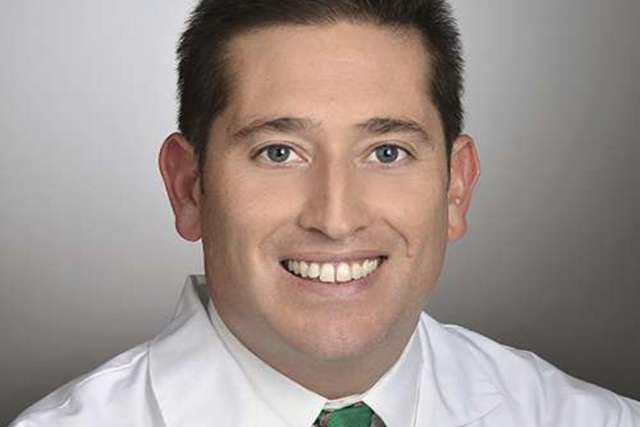If I was a kid with cancer I’d invite Dr. Noah Federman to be the opening performance at my next birthday party. Dr. Federman is a pediatric oncologist, and Director of the Pediatric Bone and Soft Tissue Sarcoma Program at Mattel Children’s Hospital, UCLA—and while he uses a great deal of very sophisticated vocabulary that would fly right over the heads of my guests, he seems like the type who could make the necessary adjustments to fit his audience.
If I was the mother of a kid with cancer, Dr. Federman would be more than welcome at my kid’s party. Hearing him speak about nanotechnology at the American Society of Pediatric Hematology/Oncology I could picture a room full of sick kids and their parents drawing hope from his journey into deeper frontiers in cancer medicine.
I’m neither a kid with cancer nor the mother of one. What’s more I was probably the only non-scientist attending Dr. Federman’s talk. Perhaps it was this view “from the outside” that enabled me to see his potential as a birthday party performer.
You might think an oncologist and a lecture about nanotechnology might be a little heavy for families battling an illness like childhood leukemia, but Dr. Federman uses the high-tech language of war to describe huge hope for healing. I’ll get to just how that might translate into a birthday party performance in a moment, but first some of the fundamentals of the challenges of treating kids with cancer.
While survival for pediatric cancers has soared to almost 80 percent, efforts to save the remaining 20 percent of children have hit a wall. Doses of toxic chemotherapy can’t go any higher. Side-effects from these medicines can be fatal in themselves. With one exception, there have been no new medications in more than 20 years for certain cancers, such as acute lymphocytic leukemia, which is the most common childhood malignancy.
But nanotechnology offers “stealth” tactics for the old drugs, launching cancer-seeking particles through the system, like Trojan horses filled with therapy, and triggering their deposit of toxic cargo only once they’re safely inside cancer cells.
In nanotechnology, “small is the new big,” says Dr. Federman, “and everything about nanoparticles is huge.”
With nanotechnology, familiar drugs such as doxorubicin and rituximab are getting a make-over. Armed and decorated with target-seeking, release-prolonging, high-tech coatings and shells and receptors, these meds can now cause more cancer casualties while hurting fewer civilian cells in the process.
Biochemical engineering wizards have produced many varieties of nanoparticles. There are organic particles made from viral or sugar molecules, and there are inorganic particles made with metal or polyethylene glycol. There are microbubbles, and nanoshells. There are nanotubes and quantum dots, and liposomes and dendrimers. Most of these particles are designed to carry cargoes of medication, but some of them are sound or light-activated and deliver damage to cancer cells with heat, or explosions, or magnetic fields.
The “Holy Grail” of nanomedicine is active tumor targeting, says Dr. Federman. This involves fitting nanoparticles with homing devices—or ligands—that send them straight to the tumor cell receptors. In his lab at UCLA he has spent years working with ligands and receptors, focusing specifically on the use of antibodies and antigens to create guided missiles for chemotherapy. He is particularly interested in ALCAM (Activated Leukocyte Cell Adhesion Molecule)—also known as CD166—which is highly expressed by some cancer cells. Under the microscope, his ALCAM-targeted nanoparticles head straight for cancer cells—but there are still some obstacles in the human body. For one, ALCAM is also expressed by some healthy cells, which would mean ALCAM-targeting would involve some friendly fire.
I’m not a fan of camouflage and guns, but Dr. Federman’s military maneuvers in the lab have put a fresh spin on my view of oncology’s frontline. With some balloons and a bubble machine and maybe a couple of fancy Lego kits he might very well inject some awesomeness into a kid’s next round of chemo.
— Kate Johnson. Reprinted courtesy Kate Johnson's Medical Musings




